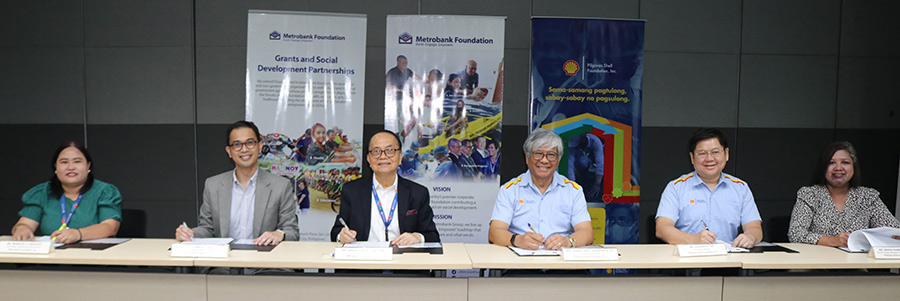The Monetary Board approved additional temporary measures to incentivize banks to extend loans or finance investments for green or sustainable projects or activities, including transition financing for decarbonization. These take in the form of extra lending capability and reduced reserve requirement rate on sustainable bonds issued by banks.
The introduction of these set of measures forms part of the suite of initiatives under the BSP’s 11-point Sustainable Central Banking Strategy to mainstream sustainable finance as well as support the achievement of the country’s climate commitments and sustainable development goals.
“As a sustainable finance champion, the BSP will continue to play an active, enabling role in fostering the transition towards a sustainable economy. We will identify and create appropriate incentives that are within our mandates empowering the banking system to steer capital flows toward growing green or sustainable investments and accelerate the development of solutions addressing just transition and adaptation-related challenges.” BSP Governor Eli M. Remolona, Jr. said.
Under the approved measures, banks are allowed to extend loans for eligible green or sustainable projects or activities with a top-up 15 percent Single Borrower’s Limit (SBL).
The eligible projects or activities must meet any of the principles or eligible categories of projects as laid out in the (1) 2022 Strategic Investment Priority Plan on Green Ecosystems, Health and Food Security; (2) Republic of the Philippines Sustainable Finance Framework; (3) Philippine Sustainable Finance Guiding Principles; (4) Asean Taxonomy for Sustainable Finance; or (5) Philippine Sustainable Finance Taxonomy Guidelines. The underlying project or activity should be legal and compliant with any Philippine environmental laws and regulations. An activity or prohibited activity may still be considered an eligible exposure if the same is an enabler of climate change mitigation.
Banks are expected to adhere to the credit risk management guidelines, including the management of credit concentration risk, as well as adopt controls to protect their financial interest like the use of insurance or negative pledge covenant. The existing credit ceilings to related parties of banks or separate SBL for project finance are not covered by the regulatory incentive.
Meanwhile, the applicable reserve requirement rate for green, social, sustainability or other sustainable bonds issued by banks shall now be gradually reduced to zero percent (0 percent) from the current three percent (3 percent), as follows: (1) a 200-basis point reduction in the first year from effectivity of the policy; and (2) an additional 100-basis point reduction in the succeeding year for another 12 months. Such bond issuances should comply with the appropriate regulations of the Securities and Exchange Commission and/or other relevant regional or international standards acceptable to the market including but not limited to the issuances of the International Capital Markets Association or endorsement of the Asean Capital Markets Forum. The issuing banks should also comply with the disclosure requirements in the Sustainable Finance Framework and not engage in greenwashing.
The gradual and calibrated reduction in the reserve requirement rate for sustainable bonds does not constitute a change in the monetary policy stance but is envisioned solely to be a tool to promote sustainable finance.





